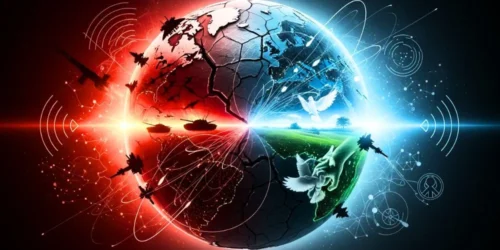On Friday, Israeli warplanes launched a series of coordinated airstrikes across a stretch of hilltops in southern Lebanon, escalating regional tensions. Lebanese security sources confirmed that more than a dozen strikes hit a mountainous area near the city of Nabatieh. In this location, they believe the armed group Hezbollah may still maintain arms depots.
The Israeli military quickly claimed responsibility, stating its fighter jets targeted a specific site integral to Hezbollah’s “fire and defense system.” According to Israel, Hezbollah was attempting to restore this military site, which had been destroyed in last year’s war. The Israeli command framed the action as a necessary response to Hezbollah’s violation of the November truce agreement that ended the previous conflict.
However, Lebanon’s President Joseph Aoun sharply rebuked Israel, firing the same accusation back. He asserted that Israel continually violated the U.S.-brokered ceasefire by carrying out strikes on Lebanese sovereign territory.
The fragile ceasefire deal hangs in the balance. Its terms require southern Lebanon to be free of non-state fighters, a full withdrawal of Israeli troops, and a halt to all cross-border attacks. Yet, the reality on the ground tells a different story.
Israeli forces reportedly remain in at least five posts inside Lebanon, and its air force frequently conducts strikes against Hezbollah-affiliated individuals, creating a cycle of attacks and accusations that keeps the border on a knife’s edge. Hezbollah has not yet issued a comment on the latest strikes.













